up!

Vind updates voor navigatiekaarten om te gebruiken in jouw Volkswagen. Selecteer jouw Volkswagen model en infotainmentsysteem om de nieuwste kaarten van jouw gekozen gebied te verkrijgen. Kies daarna je download.

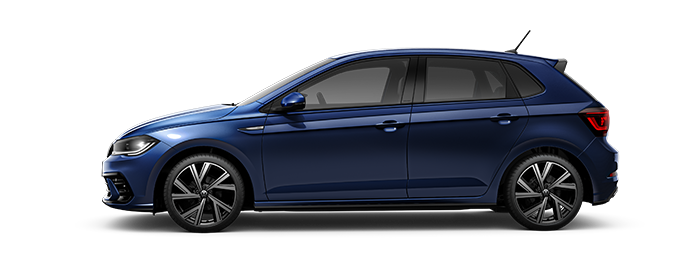

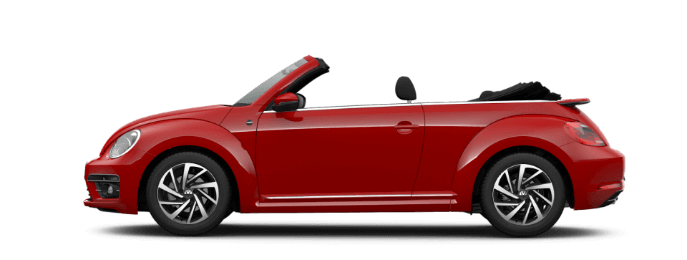
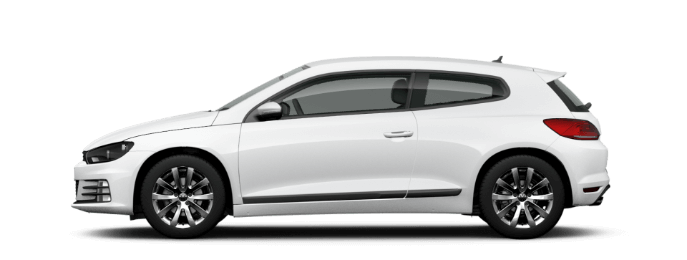
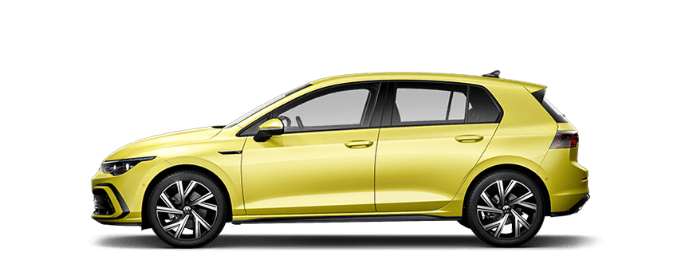
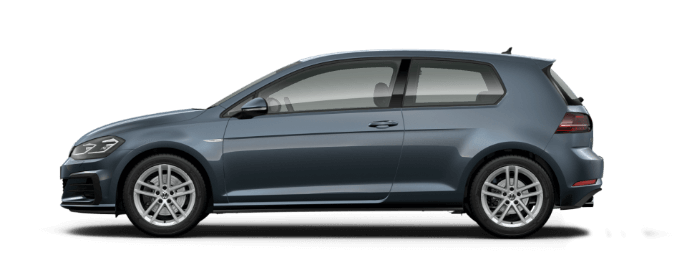
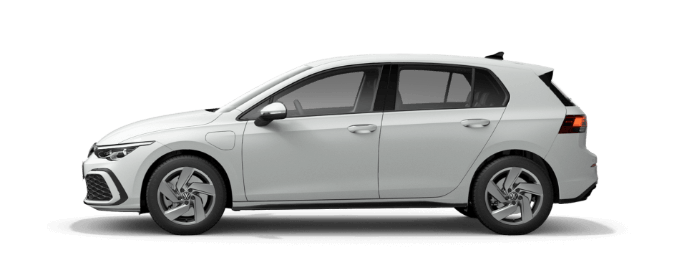
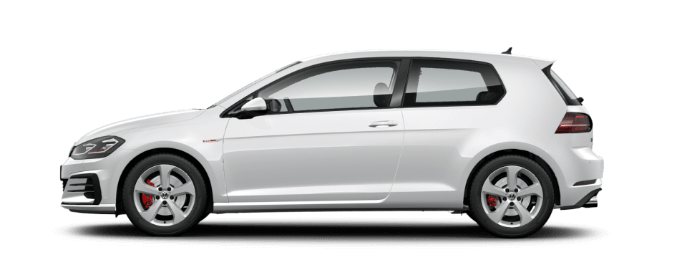

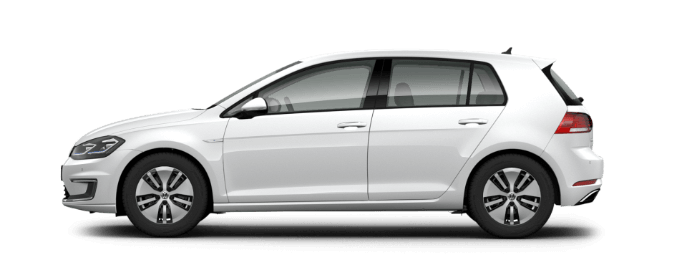
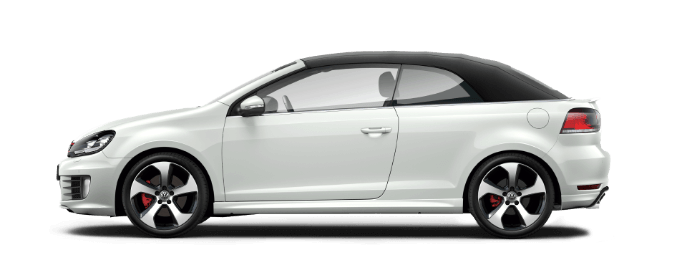
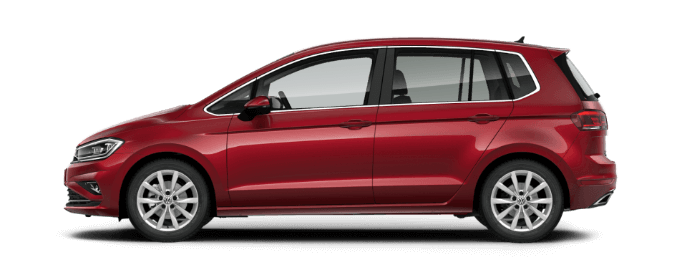
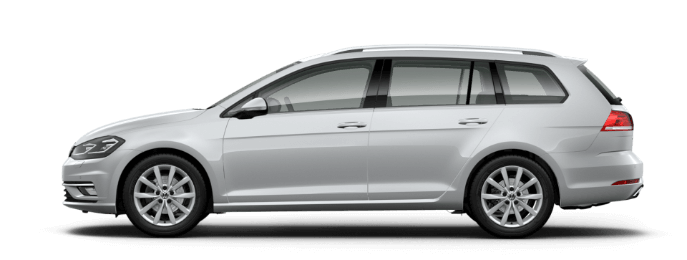
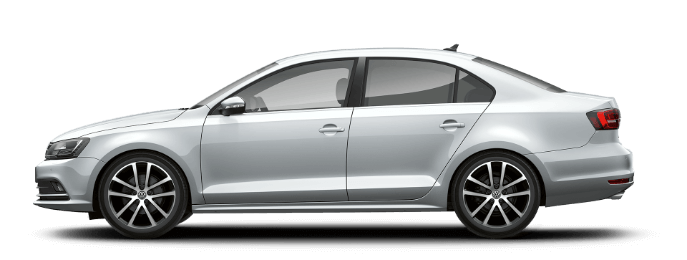


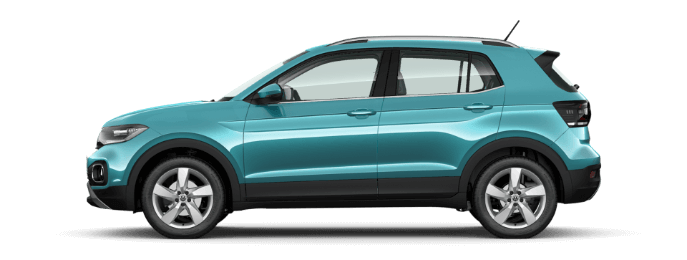
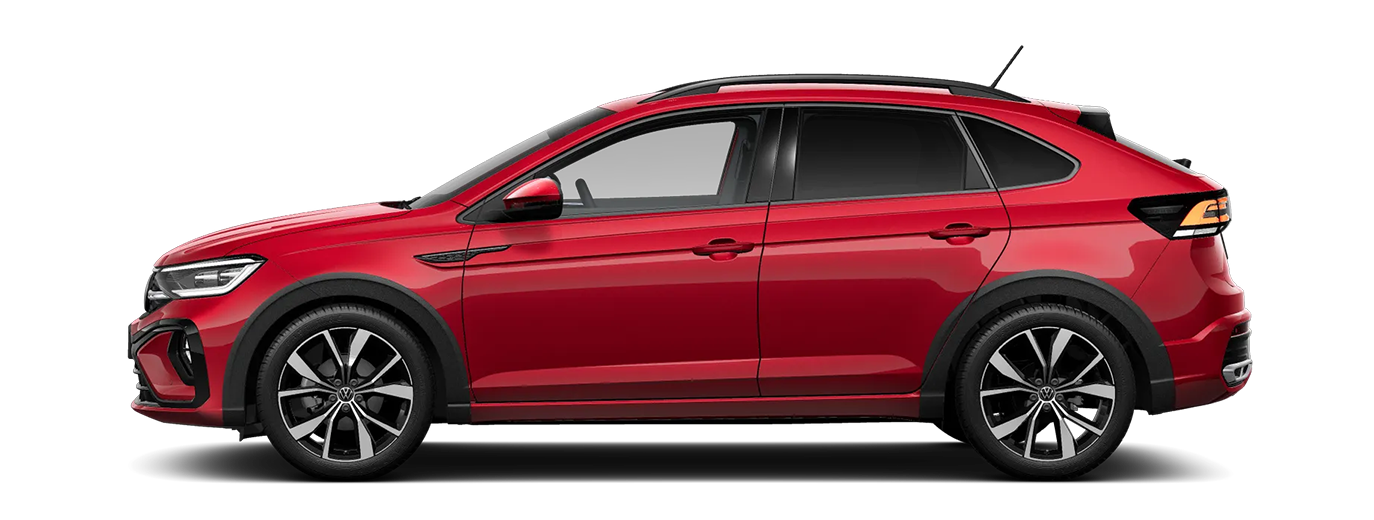
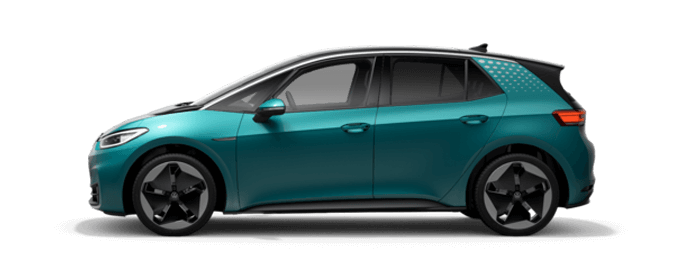
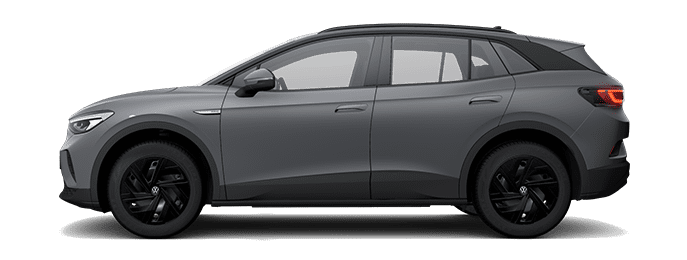
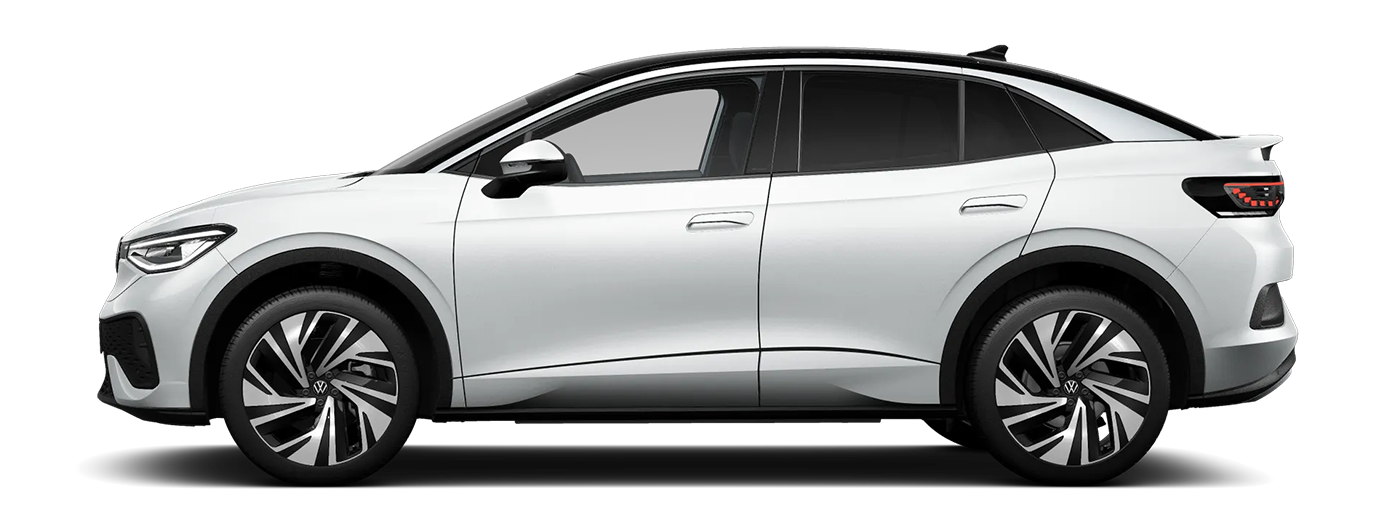


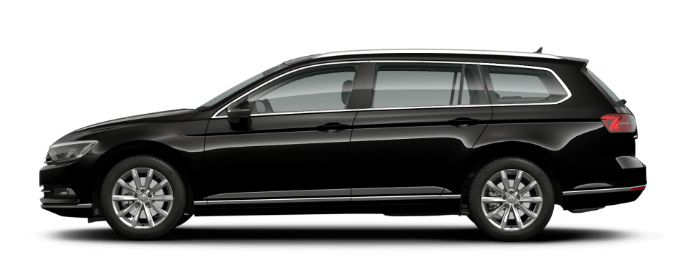

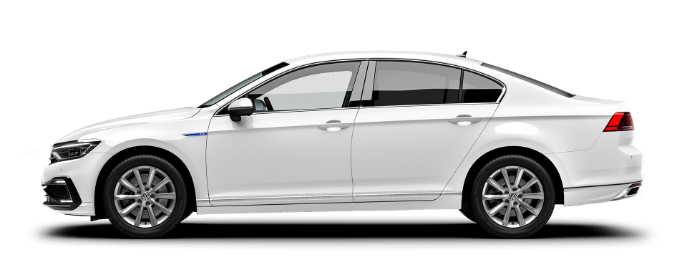
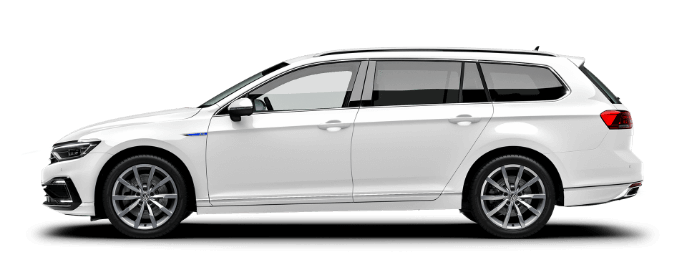





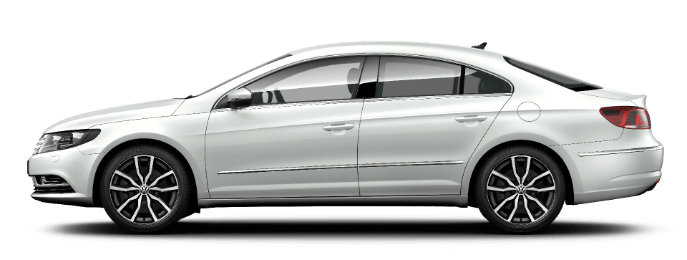

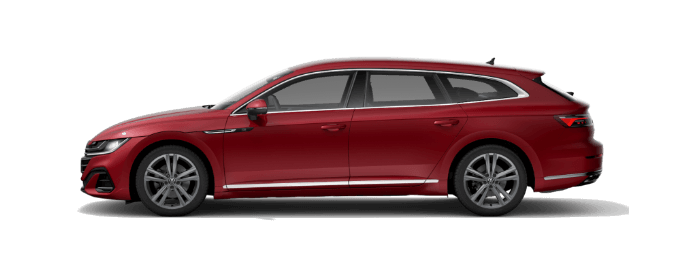










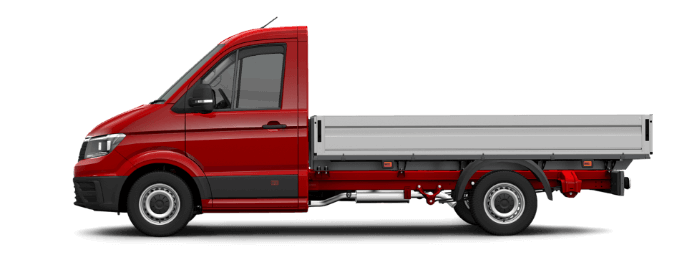
1 Golf GTD: Brandstof consumptie, l/100 km: gecombineerd 5.45.2; CO₂ uitstoot gecombineerd, g/km: 142136;
2 Golf GTE: Brandstof consumptie, l/100 km: gecombineerd 1.2; Elektriciteitsconsumptie, kWh/100 km: gecombineerd 15.114.9; CO₂ uitstoot gecombineerd, g/km: 2827;
3 Golf GTI: Brandstof consumptie, l/100 km: gecombineerd 7.77; CO₂ uitstoot gecombineerd, g/km: 175160;
4 Golf R: Brandstof consumptie, l/100 km: gecombineerd 87.7; CO₂ uitstoot gecombineerd, g/km: 182175;
5 ID.3: Elektriciteitsconsumptie, kWh/100 km: gecombineerd 16.214.9; CO₂ uitstoot gecombineerd, g/km: 0;
6 ID.4: Elektriciteitsconsumptie, kWh/100 km: gecombineerd 18.715.9; CO₂ uitstoot gecombineerd, g/km: 0;
7 ID.5: Elektriciteitsconsumptie, kWh/100 km: gecombineerd 18.615.5; CO₂ uitstoot gecombineerd, g/km: 0;
8 ID.7: Elektriciteitsconsumptie, kWh/100 km: gecombineerd 16.314.1; CO₂ uitstoot gecombineerd, g/km: 0;
9 Passat GTE: Brandstof consumptie, l/100 km: gecombineerd 1.21; Elektriciteitsconsumptie, kWh/100 km: gecombineerd 15.314.8; CO₂ uitstoot gecombineerd, g/km: 2824;
10 Passat GTE Variant: Brandstof consumptie, l/100 km: gecombineerd 1.31.2; Elektriciteitsconsumptie, kWh/100 km: gecombineerd 15.814.9; CO₂ uitstoot gecombineerd, g/km: 3026;
Voor dit voertuig zijn geen verbruiks- en emissiewaarden beschikbaar onder NEDC, alleen onder WLTP.
* The specified fuel consumption and emission data have been determined according to the measurement procedures prescribed by law. Since 1 September 2017, certain new vehicles are already being type-approved according to the Worldwide Harmonized Light Vehicles Test Procedure (WLTP), a more realistic test procedure for measuring fuel consumption and CO₂ emissions. Starting on 1 September 2018, the New European Driving Cycle (NEDC) will be replaced by the WLTP in stages. Owing to the more realistic test conditions, the fuel consumption and CO₂ emissions measured according to the WLTP will, in many cases, be higher than those measured according to the NEDC. This may lead to corresponding changes in vehicle taxation from 1 September 2018. For further information on the differences between the WLTP and NEDC, please see www.volkswagen.de/wltp.
We are currently still required by law to state the NEDC figures. In the case of new vehicles which have been type-approved according to the WLTP, the NEDC figures are derived from the WLTP data. It is possible to additionally specify the WLTP figures voluntarily until such time as this is required by law. In cases where the NEDC figures are specified as value ranges, these do not refer to a particular individual vehicle and do not constitute part of the sales offering. They are intended exclusively as a means of comparison between different vehicle types. Additional equipment and accessories (e.g. add-on parts, different tyre formats, etc.) may change the relevant vehicle parameters, such as weight, rolling resistance and aerodynamics, and, in conjunction with weather and traffic conditions and individual driving style, may affect fuel consumption, electrical power consumption, CO₂ emissions and the performance figures for the vehicle.
Further information on the official fuel consumption and official specific CO₂ emissions of new passenger cars can be found in the “Guide to fuel consumption, CO₂ emissions and power consumption of new passenger vehicles”, which is available free of charge at all points of sale and from DAT Deutsche Automobil Treuhand GmbH, Hellmuth-Hirth-Str. 1, 73760 Ostfildern-Scharnhausen (www.dat.de/co2).